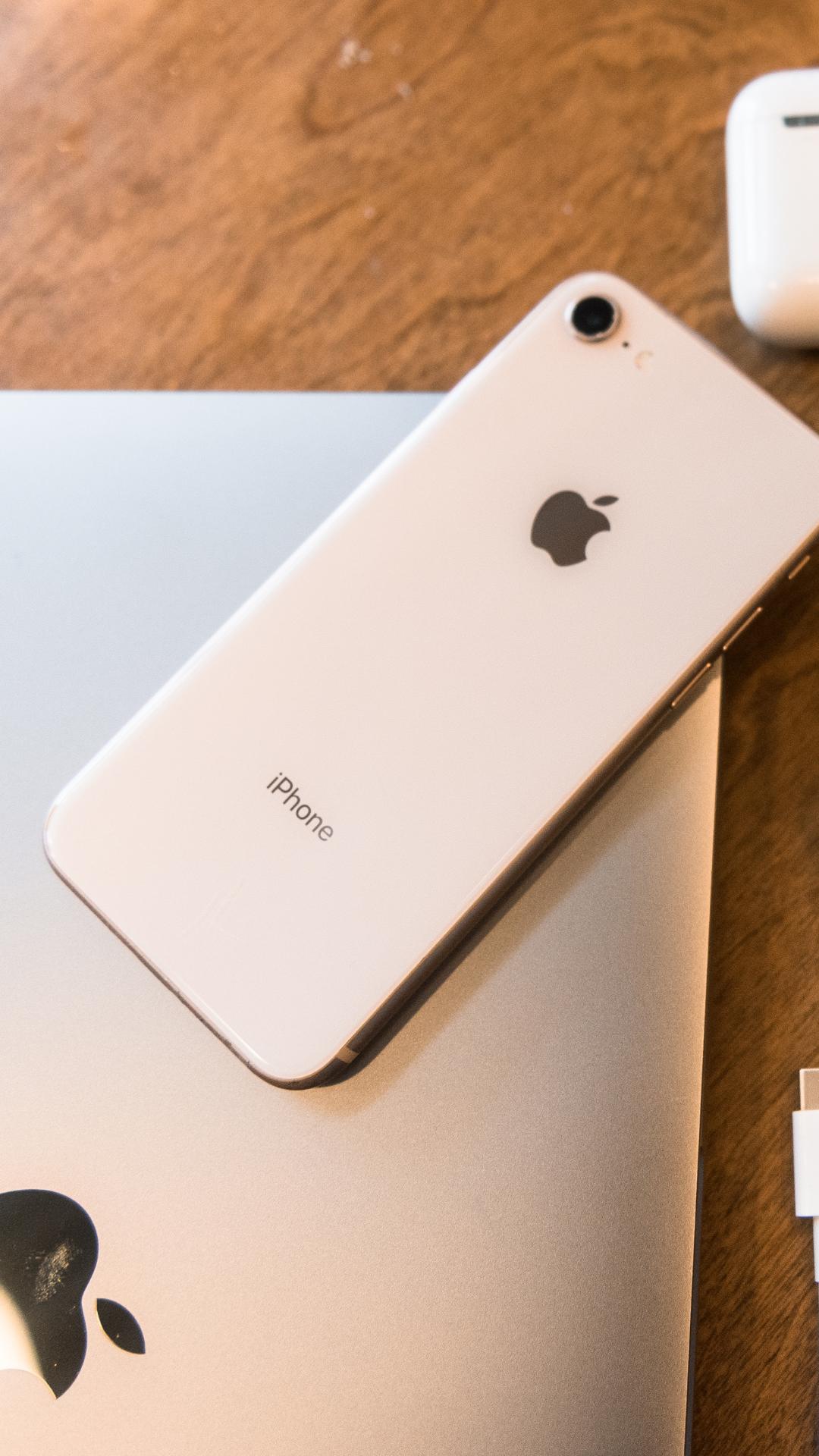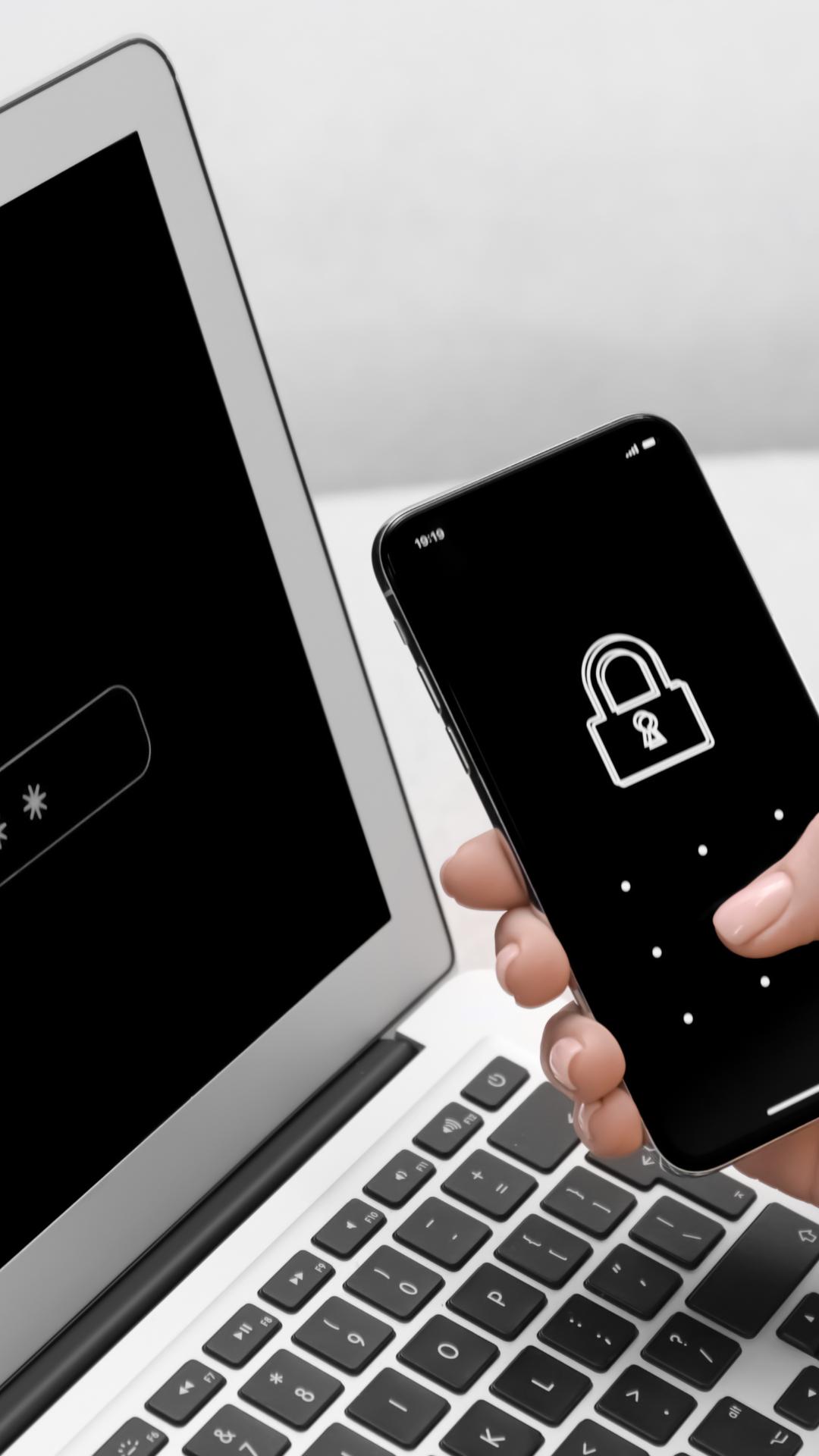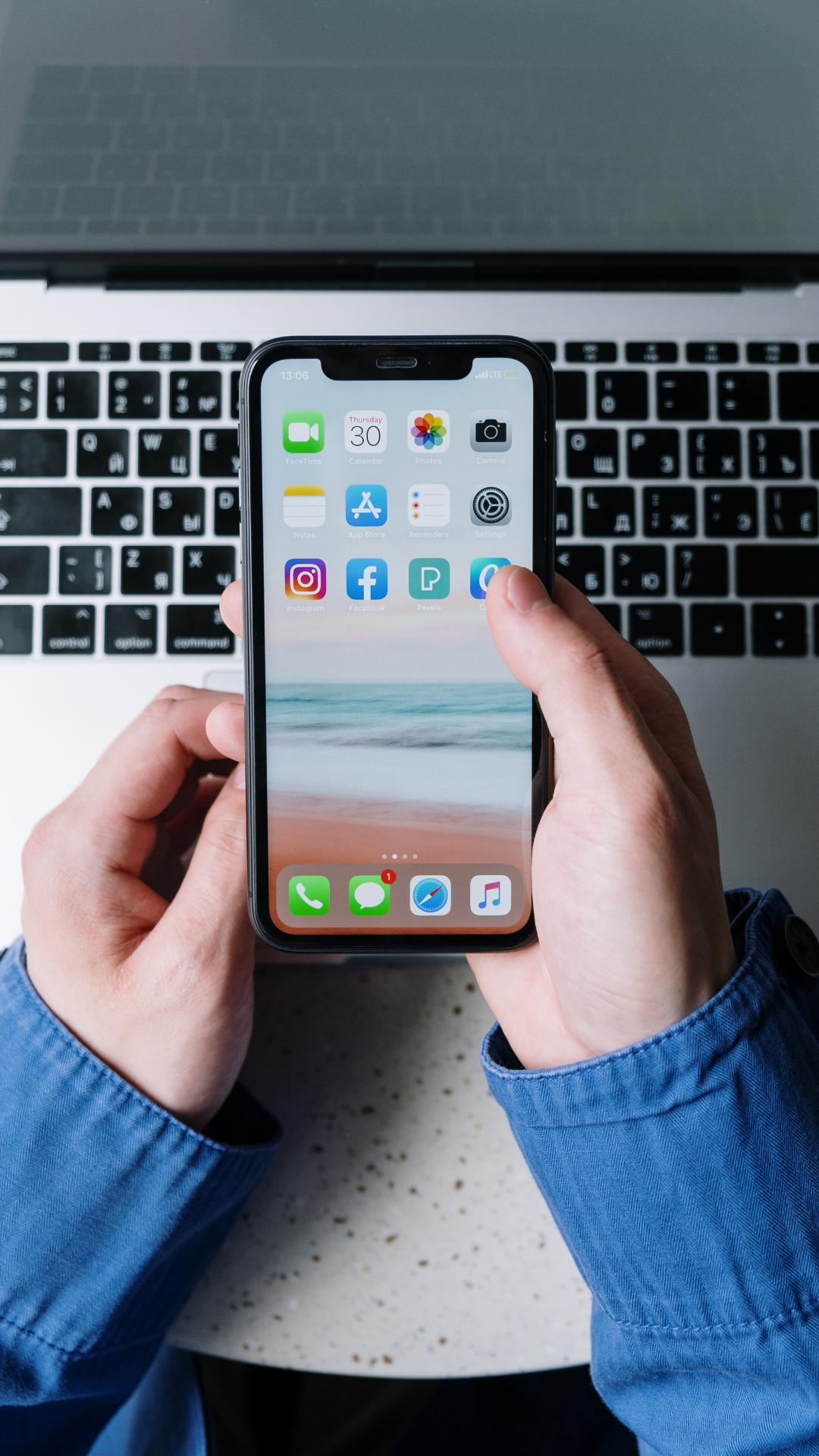
Travelling? Don't Let Your Phone Get Hacked: 8 Tips
Before you take off, make sure your devices are secure!

Strong Password
Use a strong password, PIN, or biometric authentication like fingerprint or best face unlock to secure your device. If your device is lost or stolen, a strong lock ensures no one can get in. Consider enabling auto-lock after a short period of inactivity for extra security.

Check Before Using Public Wi-Fi
Free Wi-Fi in airports, hotels, and cafes is convenient but dangerous. Hackers can set up fake networks or intercept data on unsecured connections, stealing your personal information. Don't login to a bank while using public Wi-Fi.

Use Tracking Apps
Enable features like Find My iPhone or Find My Device that will locate your phone if it's lost. If you can recover it, you can remotely lock it or erase all data to prevent misuse.
Avoid Public USB Charging Points
Public charging stations in airports, cafes, or hotels may contain malware designed to steal your data or install malicious software on your device, a method called juice jacking. For safety, use a power bank.
Update Your Device
Cybercriminals exploit security flaws in outdated software. Regular updates include security patches that fix these vulnerabilities, protecting your device from malware, spyware, and hacking attempts.
Never Open Unknown Mails/Text
Scammers send fake emails, texts, or pop-ups pretending to be from banks, airlines, or other trusted companies. These messages often have urgent warnings or tempting offers, tricking you into clicking on a bad link or giving away your personal info.
Backup Important Data
Losing your phone or laptop doesn’t mean you’ll lose all your photos, contacts, and files. Set up automatic backups to a safe cloud service like Google Drive, iCloud, or OneDrive.
WiFi Settings Scam
Never hand over your phone to strangers, especially if they ask to check WiFi settings or use your hotspot. Hackers can exploit this to install malware, steal personal data, or gain unauthorised access to your accounts.
